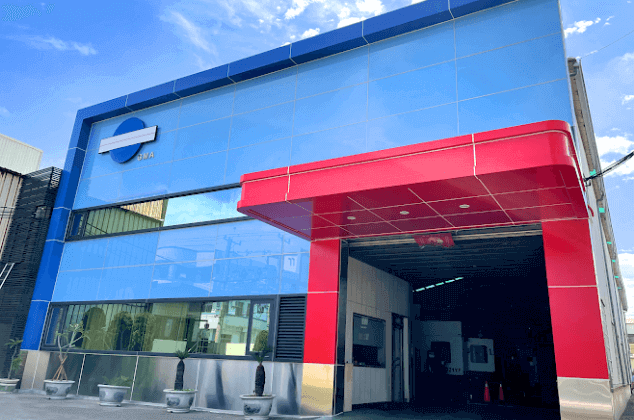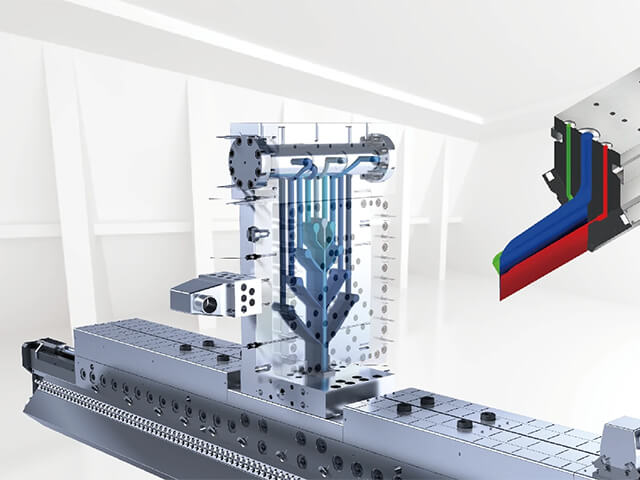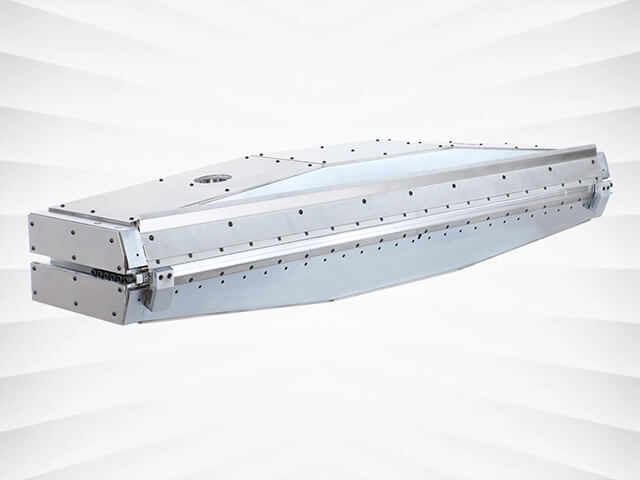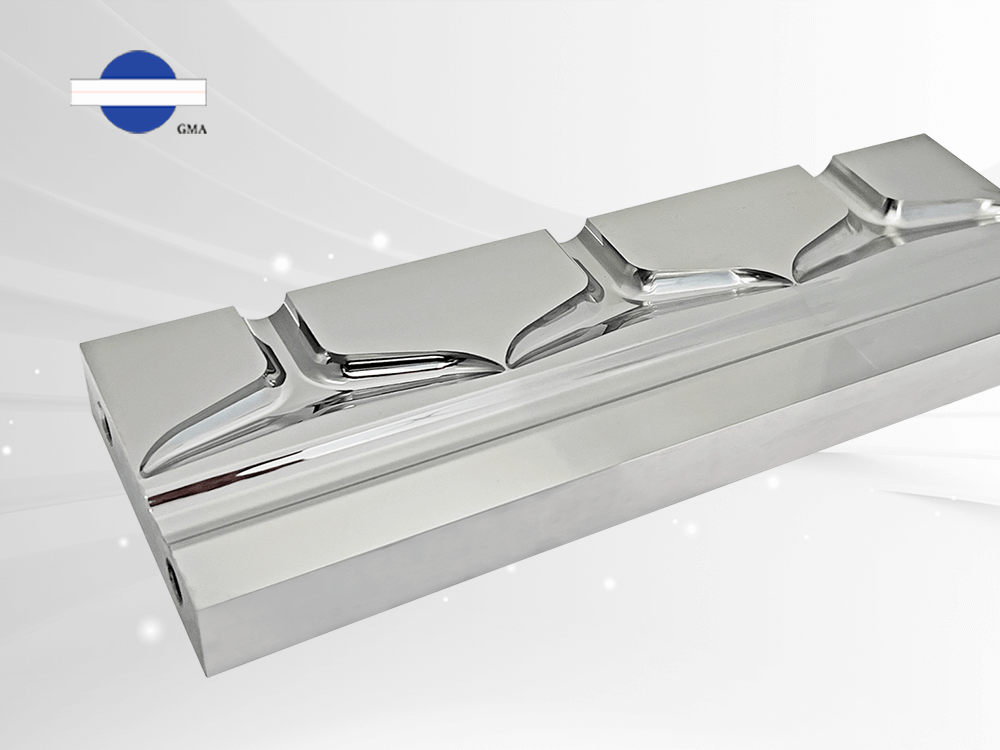TPU Material and Dies: The Ideal Combination for Modern Manufacturing
2023.11.01The Versatile TPU
TPU can be processed using various methods, such as injection molding, blow molding, textile processing, and extrusion. Consequently, it is extensively used in various everyday items. Examples include raincoats, windbreakers with waterproof fabrics, snow boots, hiking boots, and various types of shoe materials. In the medical field, TPU is utilized in products like wound dressings, catheters, and gloves due to its diverse properties.
Beyond everyday items, TPU is used in engineering applications, such as soundproof panels, waterproof seals, and fire-resistant fabrics. In specialized fields, it is used in military water bladders, life jackets, and increasingly in various automotive applications like vehicle wraps. TPU is omnipresent in our daily lives, presenting its various properties through different products.

The versatile properties of TPU are widely used in various vehicle paint protection films.
Unlike more commonly known plastics like PP and PE, TPU is quite sensitive to changes in temperature and pressure. TPU raw materials are typically in pellet form, and any improper temperature or pressure control at any stage in the production line, from feeding to melting and mixing, can lead to TPU turning yellow or undergoing thermal degradation. As a result, equipment designed for TPU production differs in design details from those used for other plastics.

TPU is particularly sensitive to temperature and pressure, and special attention must be paid to the detailed design and processing of extrusion dies.
For example, a customer was consistently experiencing the formation of crystal points when producing TPU films. Even after shutting down the production line, disassembling the dies for cleaning, and seeing no improvement, the issue was ultimately found in the filter screen in front of the mold. To prevent the formation of crystal points, we recommended the customer to add an additional set of filter screens in front of the dies. This extra filtration effectively removes particles from the plastic before entering the mold cavity, ensuring a smooth and flawless surface for the TPU films. This high-quality assurance is crucial for manufacturers of paint protection films because these films require secondary processing to enhance features like reactivity and durability for practical applications. If the quality of the TPU base film is inconsistent, it can result in low production yields and increased manufacturing costs.

Adding an additional filter screen in front of the dies effectively eliminates crystal points and prevents them from affecting the quality of TPU products.
Another customer encountered issues with uneven flow rates and low production efficiency during the TPU production process. After our technical team worked closely with the customer to observe the production process, it was found that there was a significant discrepancy between the actual production volume and the data provided for mold production. In practice, changes in extrusion volume can affect flow rates. Typically, to ensure a stable and uniform flow rate, temperature adjustments or adjustments to the die lip screws are made to alter the internal pressure of the die cavity. However, the sensitivity of TPU to temperature and pressure limits the effectiveness of these adjustment methods. Therefore, based on the customer's actual production volume, localized modifications were made to the flow channels, significantly improving the issue of low production capacity.
Another important consideration when using TPU dies is mold cleaning. In general, TPU can generate oil and gas during the production process, which may accumulate inside the die cavity. For instance, in the production of vehicle wrap films, with a production rate of around 150 kilograms per hour, it is typically necessary to clean the die cavity after continuous mold production for approximately 96 hours to prevent the accumulation of residues that could affect product quality.
TPU's diverse properties will continue to be developed for a wider range of applications in the future. Similarly, equipment will continue to evolve based on market demands. The combination of plastics and extrusion dies is like a chef using the right tools to cook a meal, allowing each product to exhibit its best characteristics.








